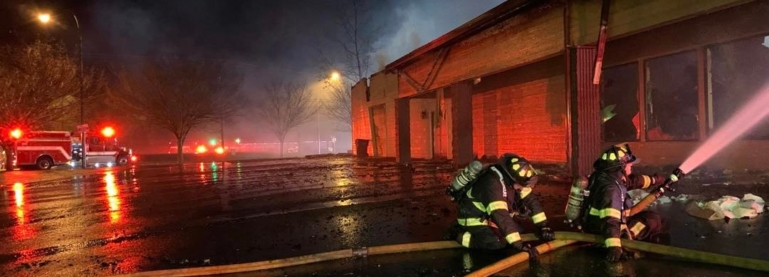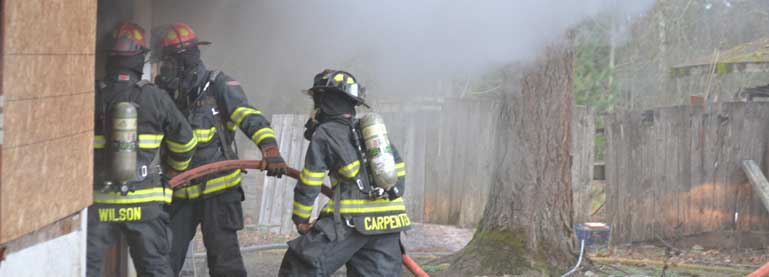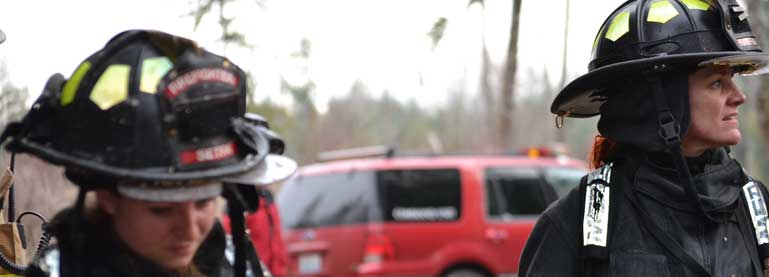Cold Water Can Be Dangerous
Warm air doesn’t always mean warm water in lakes, streams or oceans. Fifty five degree water may not sound very cold, but it can be deadly. Plunging into cold water of any temperature becomes dangerous if you aren’t prepared for what the sudden exposure can do to your body and brain. Warm air temperatures can create a false sense of security for boaters and beach goers, so if you are planning to be on or near the water, arrive knowing the conditions and how to protect yourself. Cold water drains body heat up to four times faster than cold air. When your body hits cold water, “cold shock” can cause dramatic changes in breathing, heart rate and blood pressure. The sudden gasp and rapid breathing alone creates a greater risk of drowning even for confident swimmers in calm waters. In rougher open water this danger increases. Unplanned immersion in cold water can be life-threatening for anyone without protection from the temperatures or a lifejacket to help you stay afloat. When Cold Shock and Hypothermia begin to impact your ability to think and act, lifejackets and floatation can create extra time for help to arrive or for you to get out of danger. Even the most experienced cold water surfers, swimmers or boaters know to prepare for the conditions.
Cold water risks include immersion into any body of cold water: oceans, lakes, rivers, streams or pools. In many places, parts of the year and bodies of water warm air temperatures may not coincide with safer, warm waters. Many areas of the country have warm days and yet the water stays cold. In the Pacific Northwest ocean temperatures may stay in the 60’s. Weather conditions along any large body of water can cause dramatic drops in water temperatures even in the middle of summer. In the waters around Annapolis, MD temperatures may only be above 60F for 5.5 months of the year. Cold Shock and the dangers of sudden cold water immersion can happen along almost any shore at any time of the year. Water activities that put people at risk include kayaking, canoeing, whitewater rafting, paddle boarding, and lake boating.
Risks that may cause immersion in cold water include:
- Turbulent water, waves and surf which can overturn watercraft or fill a boat with water.
- Falling off watercraft, docks, rocks or jetties.
- Falling through the ice.
- Sneaker waves that can pull beach walkers into the surf.
- Rising tides, rising rivers, tidal currents and rip currents.
Be Prepared
Being prepared for an outing on cold water means being prepared for the possibility of suddenly being immersed into cold water. Your ability to survive cold water immersion depends on your ability to stay afloat and to stay warm until help arrives. Below are several things to consider prior to venturing out on cold water.
- Always wear a life jacket in and around the water.
- Always dress for water temperature, not for air temperature.
- Some examples are:
- Wet suit
- Dry suit
- Immersion suit
- Survival suit
- Exposure coveralls
- Carry an Emergency Position Indicating Radio Beacon (EPIRB), personal locator beacon (PLB) or VHF Radio.
- File a float plan with someone you trust. The plan should include details about the trip, boat, passengers, towing or trailer vehicle, communication equipment, and emergency contacts.
- Know Before You Go:
- Be sure to check the weather and water temperature before you go out on the water
- If water is too cold, consider staying off/out of water until water is warmer















